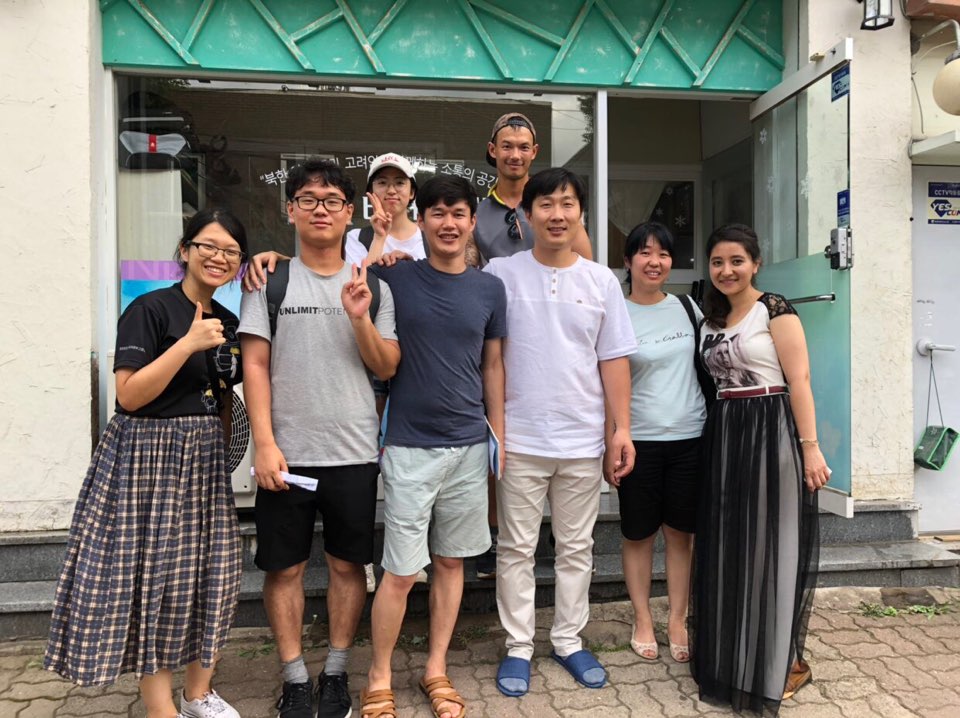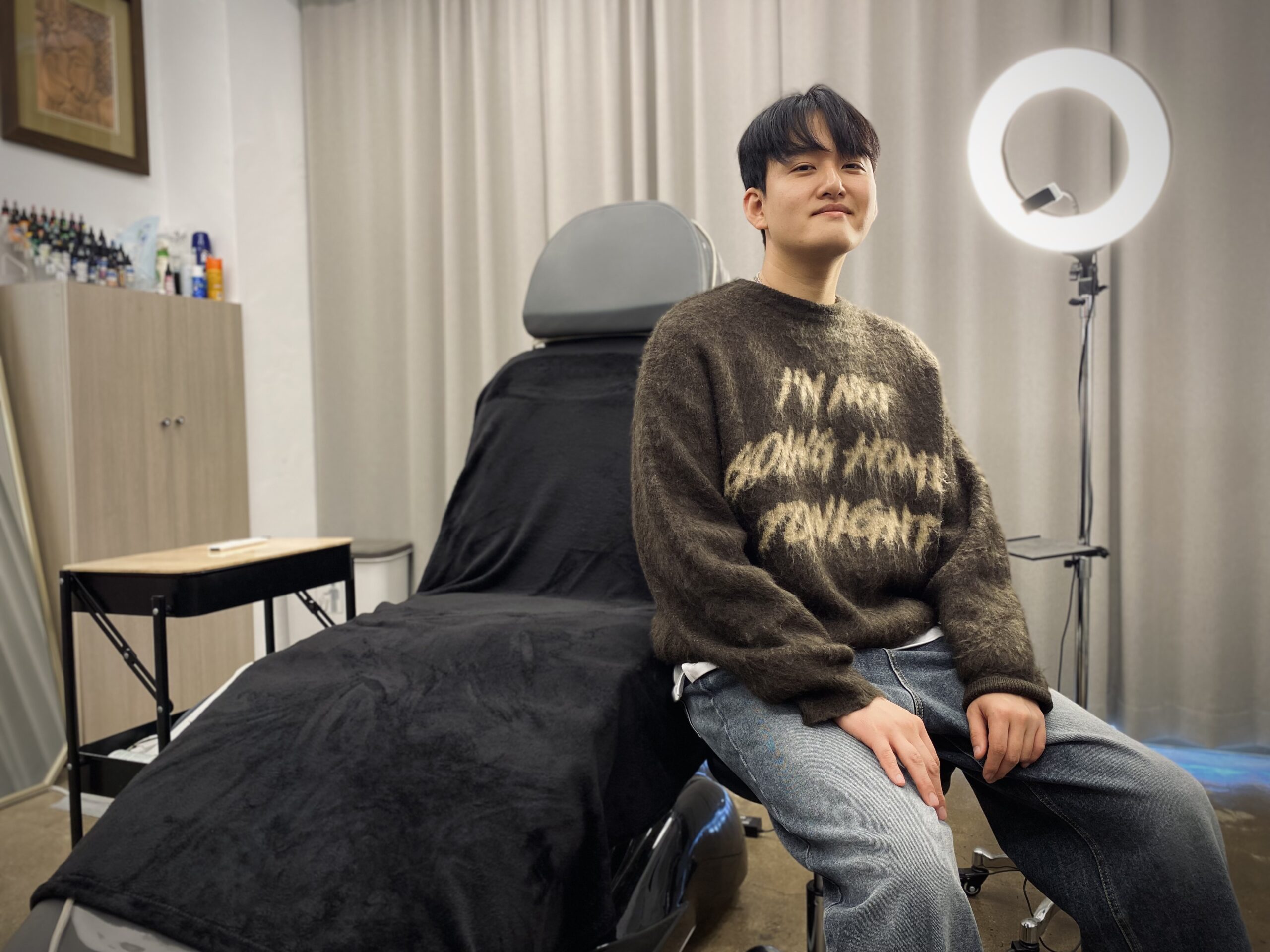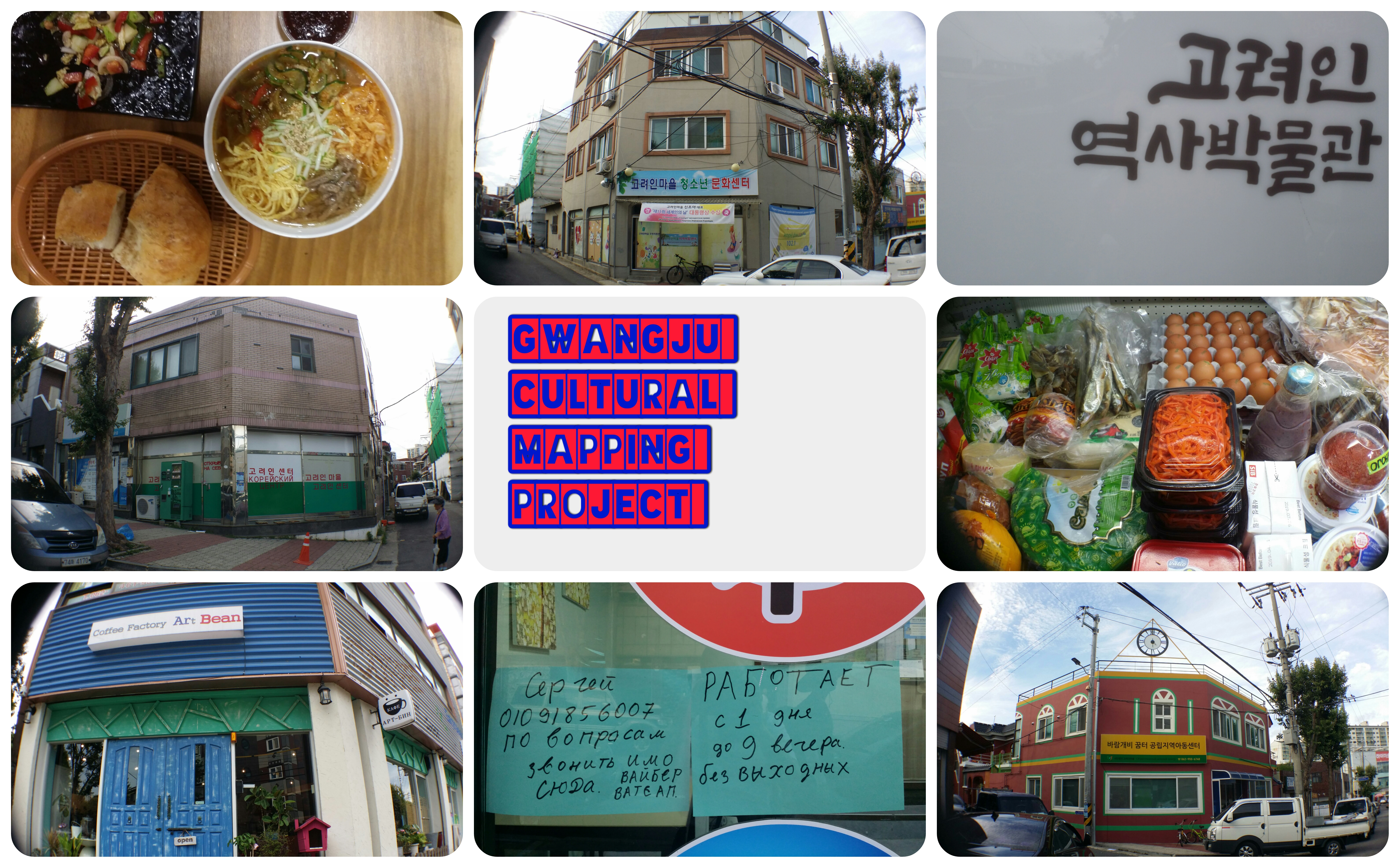Gwangju Cultural Mapping Project: Bridging Differences, Highlighting Humanities
Being a foreigner in a foreign land, I am really curious to understand more about the place where I reside here in Korea. However, due to my slow learning of the local language, exhibition signs and explanations in museums and at tourist attractions that are mostly written only in the local language do not help me understand much. Therefore, I was wondering whether there was any walking tour that I could join to help me understand and get a taste of the local culture. I found nothing much, other than the one done on Yangnim-dong. There may be a lot of other walking tours available out there, but many are conducted in Korean. Hence, I thought to myself, why not make one myself, since I had already participated in a similar kind of project back in Malaysia? Apparently, it did not cross my optimistic mind that the stories that I would have to collect were still going to be in Korean! After doing some thinking, that initial idea that came up around December 2017 was swept aside for some time until one very fateful day.
Fateful Encounter
It all started on a sunny Sunday towards the end of May when I decided to walk downtown via the Folk Culture Street (향토문화로) near Chonnam National University. While walking around the street, the big red Xs spray-painted on the neighborhood’s gates, doors, and glass windows caught my attention. I started taking some photos of them to highlight that there was a redevelopment project along a street designated for folk culture and express my anxiety about disappearing folk culture on Facebook. At that time, Jong-hwan, an acquaintance of mine, commented on the photos, and we started to talk about losing folk culture in Gwangju. After a few exchanges, I decided to bring up that old idea of mine again: Why not do a project to document these cultural losses?
Purposes
We decided to meet and talk. I shared my cultural mapping experience in Malaysia with Jong-hwan, and he started to bring others into the project. We also had the opportunity to meet with Professor Maria Lisak from Chosun University to advise us on the project. I really appreciate her for reminding me again that the main purpose of the Malaysian project was to bridge differences between different cultures by allowing participants of different backgrounds to come together and cooperate. After several meetings, our original plan to carry out the project in Dongmyeong-dong was changed to the Goryeo-in community at Wolgok-2-dong, Gwangsan-gu. Our hope was to draw locals’ and foreigners’ attention towards the long-forgotten and marginalized residents, the Goryeo-in, and to bridge the differences between these residents, other locals, and foreigners by getting everyone to do things together.
Members
By the end of June, we managed to gather six participants to work on the project. Our new team is a mix of four Korean students and two international students. The Korean students are my acquaintance Lee Jong-hwan and Park Bo-mi from Chonnam National University, Ha Ji-seon from Dongshin University in Naju, and Lee Jae-seok from Chosun University, while the two international students are Mazaher Akbari and yours truly from Chonnam National University. We meet regularly to discuss the direction of our project and work on it together. We aim to complete the project within our schools’ two-month summer vacation so that it does not conflict with our classes.

Goryeo-in Village
Goryeo-in (고려인), translated into English as “Goryeo people,” refers to the Korean diaspora in Russia and Central Asian nations, including Uzbekistan, Tajikistan, and Kazakhstan. Due to hard times on the Korean Peninsula in the 1860s, Korean peasants staying near the Siberia-Korean border decided to migrate to the Maritime Province (Primorsky Krai) of Russia to look for a better life. During the Japanese occupation of the Korean Peninsula, Soviet dictator Joseph Stalin, who worried about the Japanese infiltration of Koreans staying in the Russian Far East, decided to forcefully deport them to Central Asia. According to some reports, around 36,000 families making up 170,000 people were deported. Life was difficult due to the totally different climate and environment there, but they managed to settle into a normal lifestyle within around three years. When the countries in Central Asia each declared independence following the collapse of the Soviet Union, the Goryeo-in in that region were then made citizens of several countries, with most being found within the borders of Russia, Uzbekistan, and Kazakhstan.
The beginning of the 21st century has seen the Korean diaspora slowly come back to the Korean Peninsula, mainly to Ansan, Gyeonggi Province, and Wolgok-dong in Gwangju. Both places were chosen mainly because of their proximity to industrial complexes that have a higher availability of jobs. Nevertheless, coming back to the motherland has not necessarily made for an easier life. Language barriers and misconceptions about their immigration status have resulted in many of them being treated like migrant workers, facing the same issues, such as the late payment of salaries.
As the project was conducted in the Goryeo-in community in Wolgok-2-dong, Gwangsan-gu, frequent visits to the neighborhood were warranted despite the faraway location. Our first visit to the Goryeo-in Village was filled with surprises for our eyes, ears, and taste buds. In the village, we saw people with Korean faces who did not speak Korean, but rather Russian or Uzbek. We visited the Goryeo-in Museum, which is housed in a residential location within the village. The museum also functions as a clinic on Tuesdays where volunteer doctors make visits to provide medical services to Goryeo-in who are unable to receive treatment at hospitals for whatever reason. Restaurants and supermarkets selling Russian and Central Asian food are seen around the village and frequented mostly by Goryeo-in who buy their daily necessities there. Our encounter with the local delicacies resulted in a totally different kind of taste from the Korean cuisine we were accustomed to, suggesting a great change had taken place during those 154 years away from the motherland.

Why the Project?
A simple search on Google or Naver results in tons of results for “Goryeo-in” in the form of news articles, SNS pages, videos, and so on. However, a survey done by our project team revealed that as many as 37 percent of our survey respondents, residents of Gwangju, had never heard about Goryeo-in, 58 percent had never heard about the Goryeo-in Village, and a whopping 97 percent had never been to the Goryeo-in Village. Such results confirm the necessity of such a project in order to increase the awareness of locals about their fellow countrymen and provide a great opportunity for foreigners to understand a forgotten piece of Korean history. We also hope that assistance and resources will become more readily available for this community, following the heightened awareness provided in part by this project.
Our project team is now working hard to produce a cultural map booklet detailing the history, stories, and culture of the Goryeo-in in both Korean and English. Team members are keeping up with the work despite their busy schedules. The project team has also received much help from passionate people providing us leads and contacts for information. This hard work and passion will hopefully pay off on September 8 when a walking tour in both Korean and English begins. Interested individuals are invited to join the walking tour by signing up on the Gwangju Cultural Mapping Project Facebook page or by scanning the QR code below.

The Author
Suk Pei is currently studying for her master’s degree at Chonnam National University. Having been in Gwangju for almost one year, she is starting to extend her tentacles to meet different people and participate in various activities here in Gwangju. Gwangju is definitely more than what meets the eye.




